 Is your skin normal, dry, oily — or a combination of all of the above? The answer isn’t always as simple as looking in a mirror. Many of us experience changes in our skin based on the climate we’re in, our hormone levels, and how old we are. And since the current state of your skin will influence the products you choose to cleanse, moisturize, and protect your skin, it’s important to get your skin type right.
Is your skin normal, dry, oily — or a combination of all of the above? The answer isn’t always as simple as looking in a mirror. Many of us experience changes in our skin based on the climate we’re in, our hormone levels, and how old we are. And since the current state of your skin will influence the products you choose to cleanse, moisturize, and protect your skin, it’s important to get your skin type right.
Skin is generally classified into one of four categories: normal, oily, dry, and combination. To help us understand the differences, EverydayHealth.com sought out the knowledge of Susan Van Dyke, MD, a dermatologist with Van Dyke Laser and Skin Care in Paradise Valley, AZ. “Your skin type can change as you age, and other factors like genetics and even illness can play a part. It’s multi-factorial,” Dr. Van Dyke says.
Normal skin, which has a good balance of moisture, small pores and an even tone, is the goal of most skin care regimens. Most people have normal skin, Van Dyke says, but to maintain its good condition, it’s important to minimize its exposure to the sun. A facial sunscreen with an SPF of at least 30 is ideal for preventing wrinkles and other sun damage. (Try NIA24 Mineral Sunscreen SPF 30.)
“Put it by your toothpaste and use it,” Van Dyke says. “It doesn’t matter if it is snowing or raining — get in that habit so you always have it on. Incidental sun exposure is what gets you.”
Quieting Oily Skin
Oily skin is identified by an excess of oil (the technical term is sebum) on the face. Some people with oily skin begin to feel greasy only a few hours after washing. “A very oily person would feel the need to wash their face between noon and 5 p.m., because oil has built up during the day,” Van Dyke says. Oily skin can be an inherited trait, but it can also be caused by puberty, which causes oil glands to go into overdrive. You may also notice more oil on your “T-zone” because of all the oil glands in the forehead, nose, and chin.
People with oily skin generally don’t need a regular moisturizer, but sunscreen is still necessary to reduce exposure to UV rays. Choose an oil-free sunscreen, suggests Van Dyke says, one that’s specifically formulated for the face and are less likely to create blackheads and clog pores. “There are plenty of oil-free sunscreens available,” Van Dyke says. “Read labels and try samples of different ones. There’s no excuse not to use sunscreen anymore.” (We like Dermalogica Oil Free Matte SPF 30, Murad Oil-Free Sunblock SPF 30, and DDF Weightless Defense Oil-Free Hydrator UV Moisturizer SPF 45.)
Soothing Dry Skin
Dry skin, on the other hand, suffers from a lack of natural moisture — there’s little oil to act as a surface barrier and lock in moisture. People with dry skin feel a tightness about their face, and their skin is often irritated. Flaking is another symptom, but it’s not always a sure sign of dry skin. “You can have flaky skin and not be dry,” Van Dyke says. Sometimes, severely dry skin can become itchy and painful, leading to a condition called eczema.
Treatment of certain medical conditions can sometimes lead to dry skin. For example, breast cancer treatment may stop hormone production which could in turn affect the quality of your skin. “This will throw people into a menopausal situation at an early age,” Van Dyke says. “Suddenly, there’s no oil production.” Naturally-occurring menopause can have the same effect; most women begin to experience drier skin as they hit their late forties. To care for dry skin, use a gentle, soap-free cleanser, and moisturize adequately. (We recommend Neocutis Neo Cleanse Gentle Skin Cleanser, and follow up with NeoStrata Ultra Smoothing Lotion.) A second application of moisturizer may be needed during the day, Van Dyke adds.
Balancing Combination Skin
Combination skin is a blend of both oily and dry skin. People with combination skin usually find that their oily skin is concentrated in the T-zone, while their cheeks remain dry. Combination skin can be influenced by genetics and, again, by puberty, when oil glands increase their production of sebum. Sometimes a variety of products are needed to treat combination skin. “You may have to treat different parts of the face slightly differently,” Van Dyke says. For example, a mild cleanser and moisturizer may be needed on the cheeks, while an anti-acne product with benzoyl peroxide might be necessary on the T-zone. (Try Glytone Mild Gel Wash together with DDF Benzoyl Peroxide Gel 5%.)
If you’re still not sure about your skin type or the best way to nourish it, consult a dermatologist who can recommend a skin care regimen ideal for your skin type. Then visit SkinMedix.com for the best prices on the world’s leading cosmeceuticals!
What is your skin type?

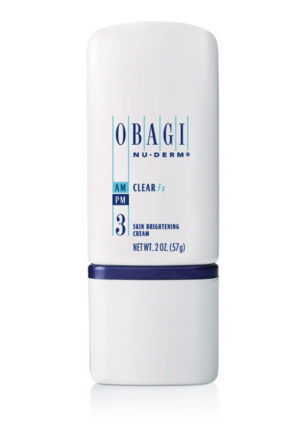
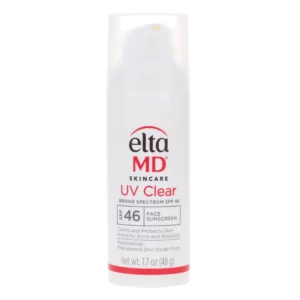
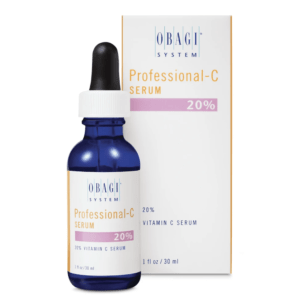
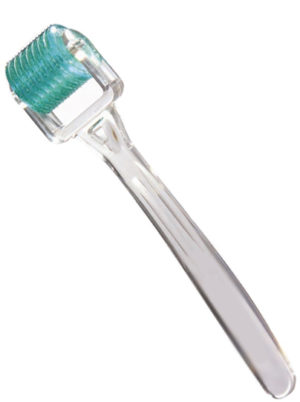

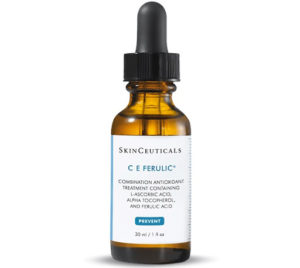
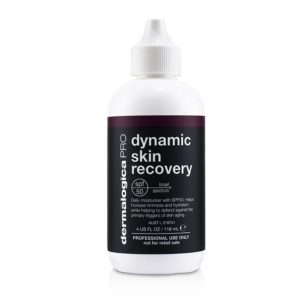
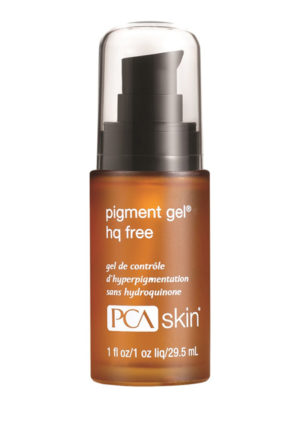
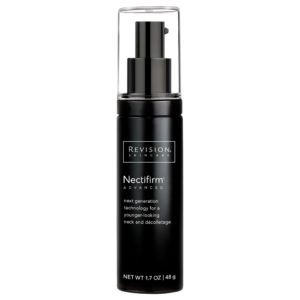
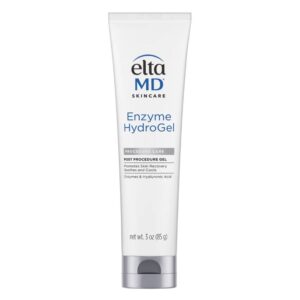

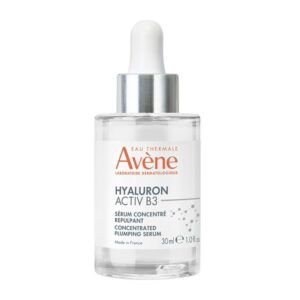
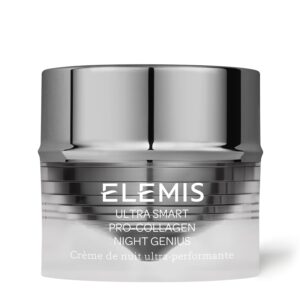
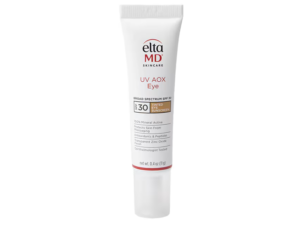


Reblogged this on skinbycarrielorrain and commented:
Yay for the Dermalogica Oil Free Matte mention. 🙂